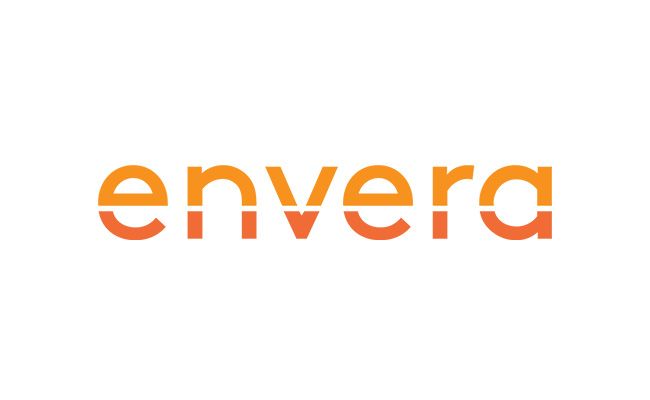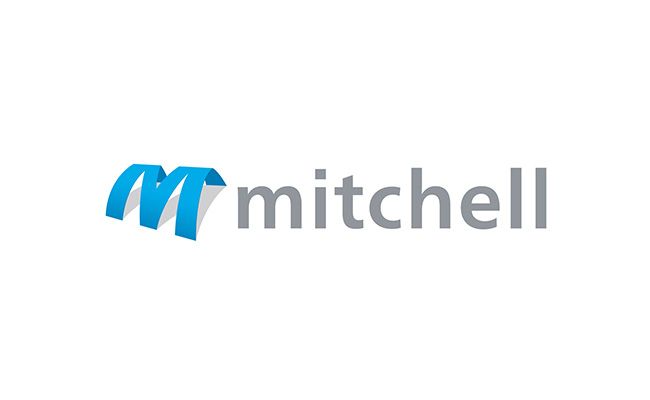CXOne Personal Connection
Introduction
Legacy contact center platforms—often hardware-based or built on monolithic on-prem architectures—were not designed for modern CX. They struggle to scale, can’t keep pace with omnichannel expectations, and limit innovation through costly upgrades and rigid integrations.Migrating to a modern cloud-native CX platform offers massive improvements in scalability, agility, total cost of ownership (TCO), and customer satisfaction. But the path from legacy to cloud is complex and must be managed with precision to avoid disruption, data loss, or compliance risk.This guide outlines the technical, operational, and change management steps required for a successful migration—leveraging NiCE’s experience in global enterprise transitions.Why Migrate from Legacy Contact Center Platforms?
1. Unlock Agility and Innovation
Legacy systems often require custom development and long deployment cycles. Modern platforms offer low-code configuration, rapid feature rollout, and seamless updates.Example: New call flows can be deployed in hours, not weeks—without custom code or vendor dependency.2. Support Omnichannel and AI CX
Legacy systems are voice-first or voice-only. Modern CX demands integrated support across voice, chat, SMS, email, social, and messaging—plus real-time AI tools.Example: With NiCE, all digital channels and bots operate from a single platform with unified routing and reporting.3. Improve Resilience and Scalability
Cloud-native systems elastically scale to meet peak demand and recover quickly from outages. On-prem systems typically degrade under load.Example: During a seasonal spike, NiCE clients scale to 3x normal call volume without additional hardware.4. Reduce TCO and Eliminate Technical Debt
Legacy systems carry high maintenance costs, renewal fees, and end-of-life support risks. Cloud solutions shift costs from CapEx to OpEx and reduce on-site IT overhead.5. Enable Anywhere Operations
Modern platforms support remote agents, BYOD, and global workforce distribution—critical for hybrid models and BPO operations.Example: Agents in 6 countries log into the same interface with local routing and regional compliance rules.Phases of Contact Center Migration
1. Discovery & Planning Phase
- Audit legacy systems (IVR, ACD, WFM, CRM connectors, reporting tools)
- Map call flows, agent skills, and routing policies
- Identify compliance requirements (PCI, HIPAA, GDPR, etc.)
- Define success metrics (e.g., SLA improvement, cost reduction)
- Migration roadmap
- Feature parity and enhancement plan
- Stakeholder alignment
2. Platform Design & Integration
- Configure NiCE routing, queues, call flows, and digital channels
- Integrate CRM, ticketing, analytics, and workforce systems via API or middleware
- Set up authentication (SSO, RBAC, MFA) and security policies
- Build failover and geo-routing logic if needed
3. Data & Configuration Migration
- Export/import agent profiles, skill groups, and queue logic
- Migrate or recreate IVR/IVA logic using visual flow editors
- Transfer WFM schedules and historical adherence rules
- Establish call recording retention and encryption policies
4. Testing & Validation
- Conduct unit, regression, and UAT testing
- Simulate load and peak volume scenarios
- Validate CRM sync, transcription, alerts, and reporting
- Confirm security, call quality, and failover behavior
5. Go-Live & Cutover Execution
Options:- Big Bang Cutover: Entire system switches over at once (ideal for smaller centers)
- Phased/Parallel Rollout: Teams or sites migrate in waves with fallback to legacy systems
6. Post-Migration Optimization
- Monitor performance in real time
- Collect agent and supervisor feedback
- Optimize routing and AI recommendations
- Review historical metrics vs. baseline KPIs
- Plan continuous innovation cadence (e.g., bot launch, analytics upgrade)
Common Migration Challenges and How NiCE Addresses Them
Architecture Overview
Legacy Stack Characteristics
- Monolithic software installs
- Hardware PBXs or SIP servers
- Disjointed IVR, CRM, and WEM systems
- Manual failover with vendor intervention
- Slow reporting and no real-time AI
NiCE Cloud CX Stack
- Microservices and containerized backend
- Cloud-native voice, chat, SMS, and bot support
- Open APIs for CRM, WEM, BI, and analytics
- Real-time dashboards and data lake streaming
- Integrated AI for routing, assist, and QA
Persona-Specific Benefits
For IT & System Architects
- Centralize infrastructure with global redundancy
- Minimize patching and system downtime
- Standardize architecture across business units
For Contact Center Ops Leaders
- Streamline routing, forecasting, QA, and coaching
- Adapt to business changes without vendor dependency
- Deliver consistent SLAs across digital and voice
For CX Strategists & Executives
- Enable modern, AI-powered experiences
- Drive omnichannel orchestration and personalization
- Reduce costs while increasing agility
Key KPIs to Monitor During and After Migration
Compliance and Security
- Data encryption at rest and in transit
- Call and screen recording with role-based access
- Multi-region data residency compliance (e.g., GDPR, HIPAA)
- User audit trails and behavioral analytics
- API rate limiting and identity federation support





